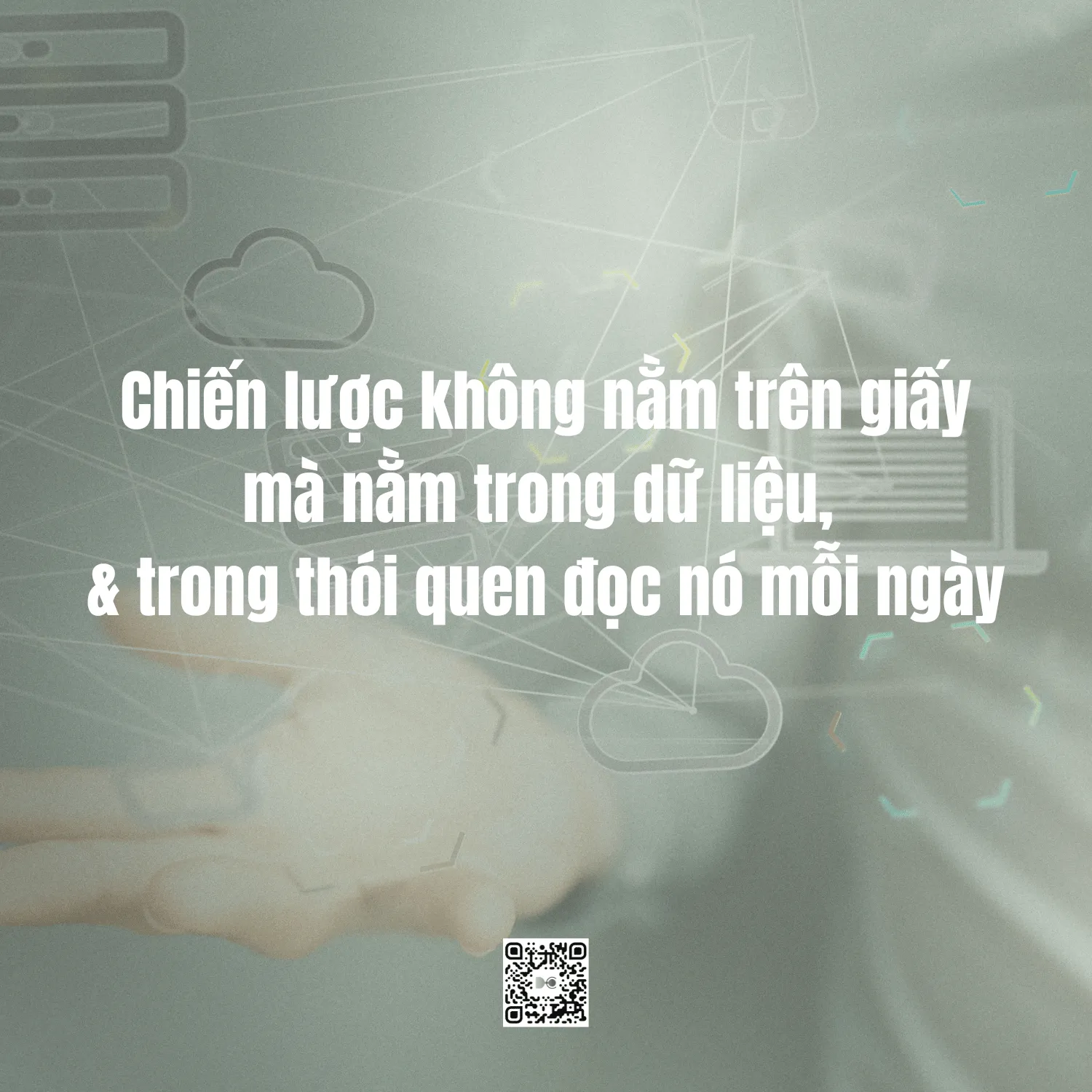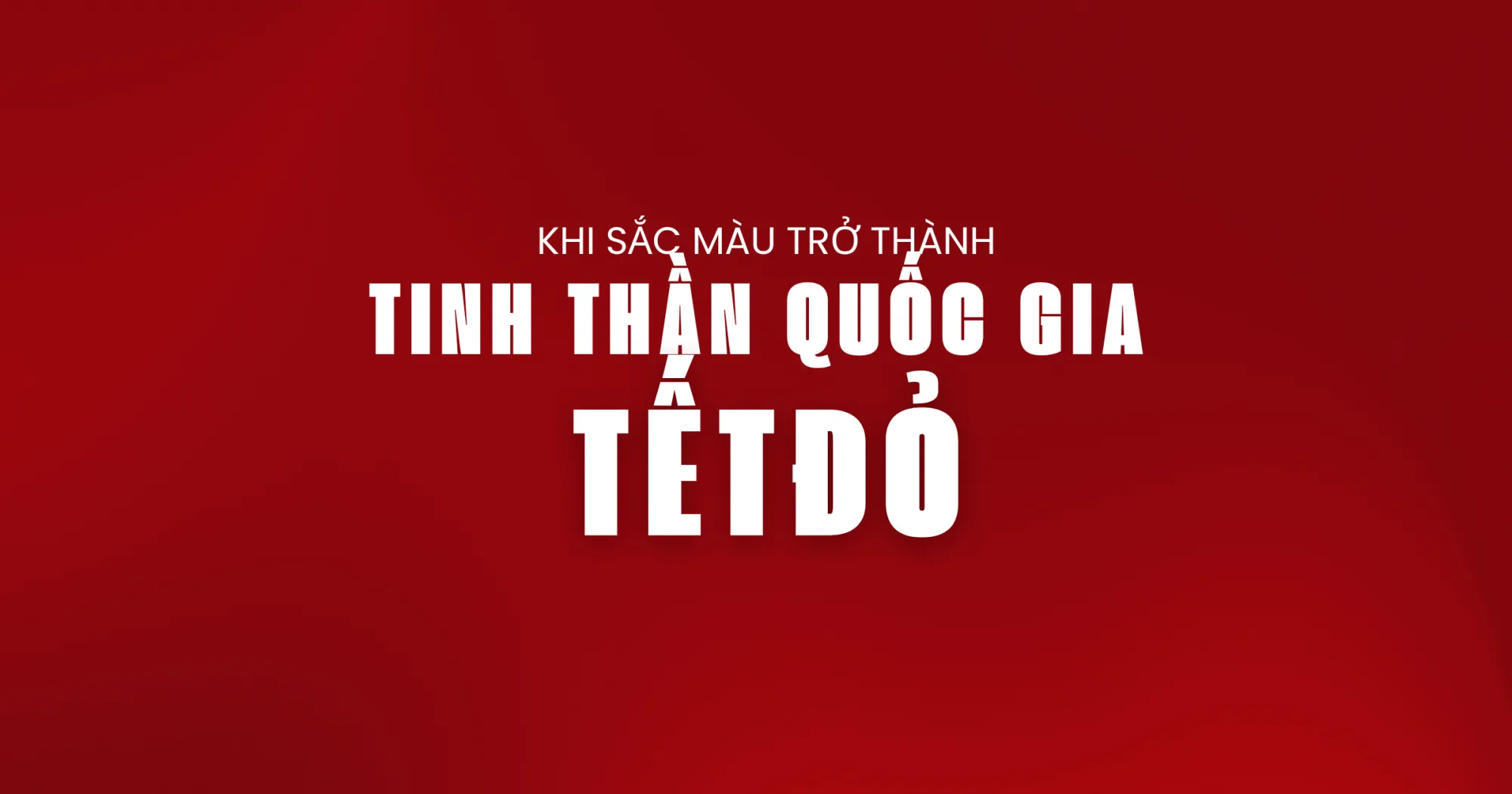In the past, strategy was written in documents hundreds of pages long. Today, it is hidden in every line of data – where businesses understand customers faster, see the market further and make more accurate decisions. People often call it the Digital Transformation Era. Data is no longer a tool to support strategy; it is the strategy. Whoever knows how to read data, especially customer data, knows the direction. Whoever does not know, is still walking in the fog, even with the most perfect plan in hand.
From “leadership intuition” to “data literacy”
The era of “leadership intuition” is over. Many Vietnamese entrepreneurs still operate by experience and intuition – something that was effective when the market was still in its infancy, but has become dangerous in the digital age, where every user behavior is recorded and happens in seconds.
Strategy today doesn’t start with “I think customers will like this,” but with reading and decoding what customers actually do, buy, respond to, and ignore. The businesses that can turn that data into strategic action will win. Because right now, data is the new language of strategy. In other words, this is the age of digital transformation.
The best leaders today don’t need to know how to code, but they know how to ask the right questions of data. They don’t give orders, they ask questions: “If customer behavior changes like this, what are the signals of a new opportunity?”

Customer data – where strategy really takes shape
Look at how Vietnamese tech companies operate. MoMo, Shopee or Tiki do not wait until the end of the quarter to report revenue to “launch a new strategy”. Their strategies change every day, in real time – when the data shows that customer behavior is shifting.
MoMo discovered that users use e-wallets more on Monday mornings, especially between 8am and 10am, mainly to pay bills. From there, they did not launch a massive advertising campaign, but quietly optimized the experience during that time frame, suggesting faster payments and reducing operations. That small action, but it brought strategic effectiveness: keeping users longer, increasing the frequency of use.
That is the strategy in the data – quiet, accurate, and bringing real effectiveness.
Modern strategies are no longer planned “once a year”, but are constantly updated. Businesses do not just measure the effectiveness after the campaign, but use data to design new strategies while the campaign is running. In this world, those with living data have living strategies.
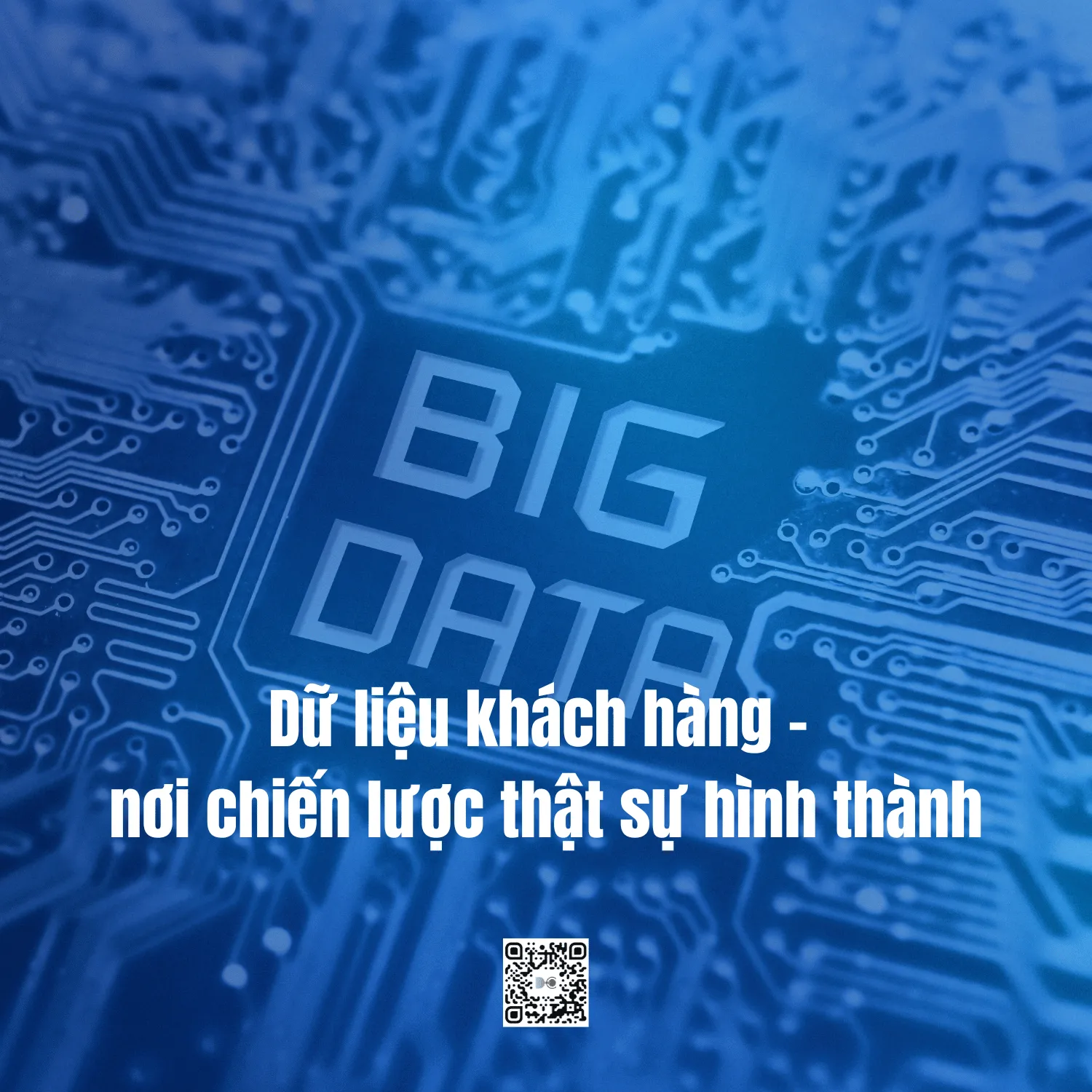
When Customer Data Changes How Businesses See the World
In the past, businesses defined strategy by “analyzing the market,” “identifying target customers,” “assessing competitiveness.” Now, all of those things are still important, but data has changed the way they see things.
The market is no longer a static map, but a moving stream. Customers are no longer “portraits,” but a series of behaviors. Competition is no longer about products, but about the speed of learning from data.
Many Vietnamese businesses still make fundamental mistakes: they invest in technology, collect data, but do not know how to turn data into strategy. They measure, but do not read. They report, but do not ask questions. And so, data becomes an “information dump”, not a “decision-making source”.
A good data strategy is not just knowing what you have, but knowing how to act based on what you see. The fewer assumptions, the closer to reality.
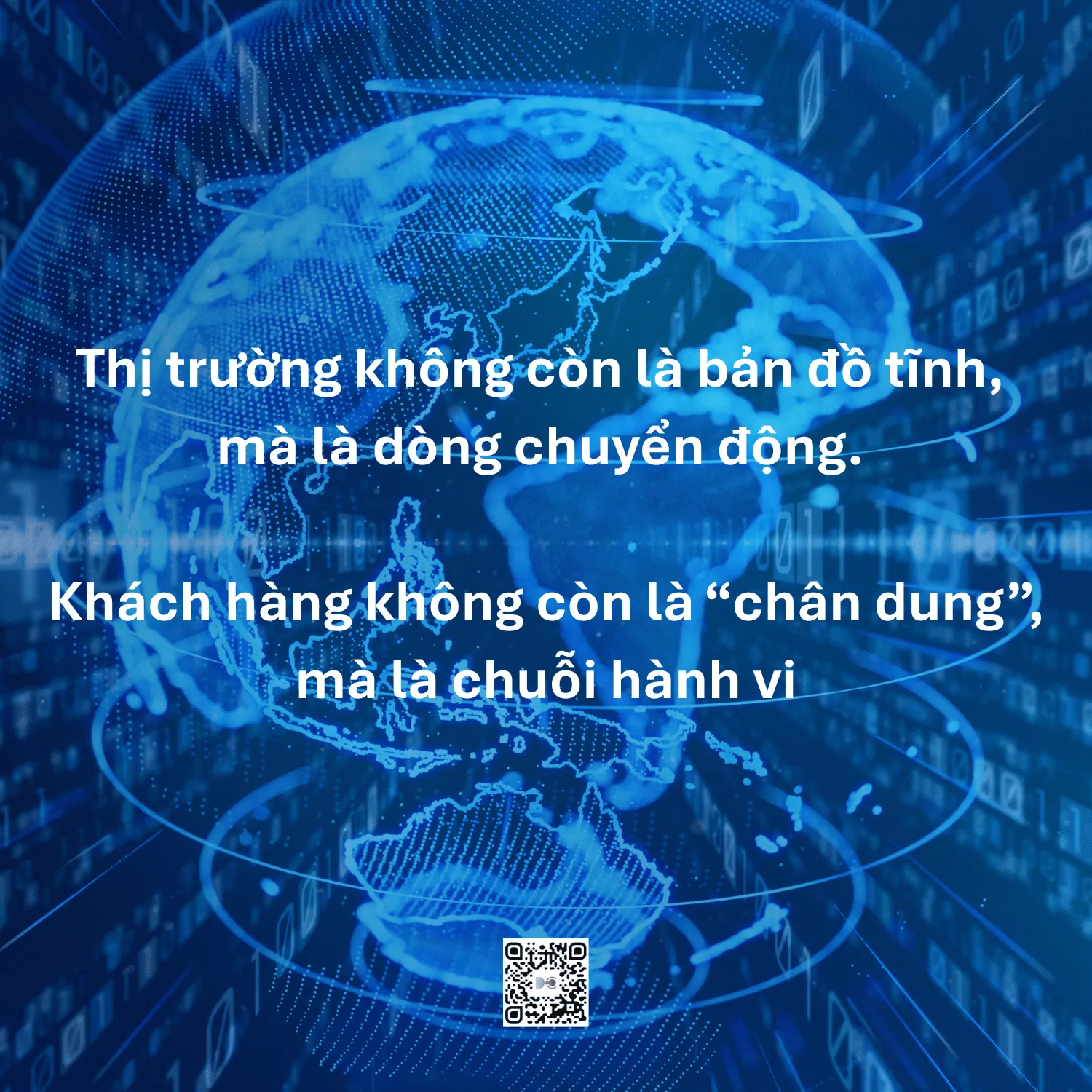
Data Strategy – the Ability to Listen to the Real Market
If traditional strategy is the ability to predict the future, then data strategy is the ability to listen to the present.
The smallest signals – a sudden increase in searches, a cancellation rate, or a decrease in engagement – are all “languages” that the market is speaking to you. The question is whether the business knows how to listen.
An F&B business once noticed that the number of orders gradually decreased in the evening, instead of increasing as before. Data analysis showed that it was not that customers were bored with the food, but because the food delivery app displayed their brand slower than competitors during peak hours. The strategic solution did not lie in changing the menu or increasing promotions, but in investing in improving the display algorithm – something that no one would think of if they just sat there “guessing by feeling”.
Strategy is no longer in the meeting room, but in the dashboard – where each number tells the story of the market in real time.
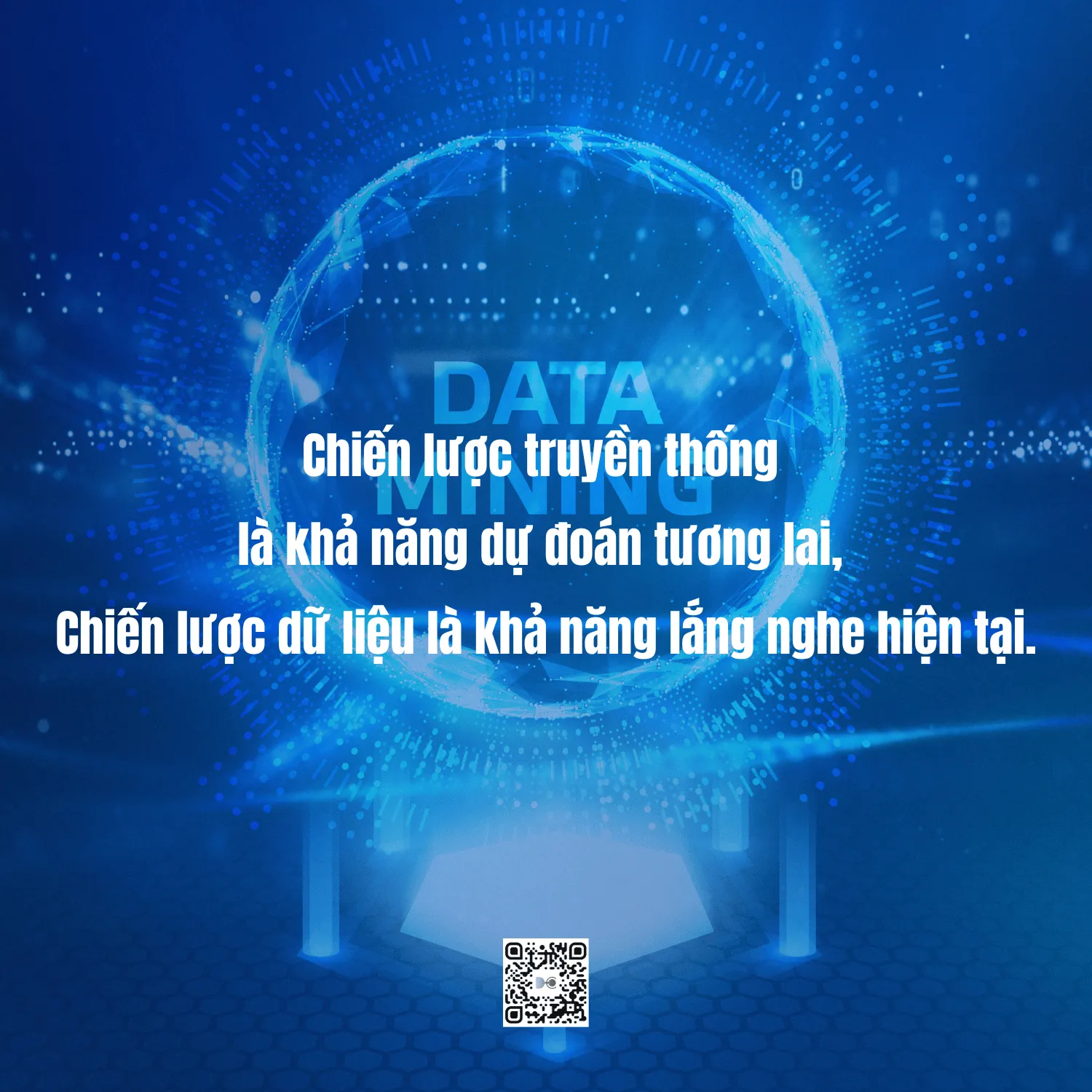
Customer data doesn’t kill gut instinct – it sharpens it
A common misconception is that “data-driven strategy” means eliminating human emotion and gut instinct. In fact, it’s the opposite. Data doesn’t replace gut instinct – it sharpens it.
When leaders have strong gut instincts and are backed by good data, every decision becomes both bold and rational.
Conversely, a hunch without data is just a gut feeling. Data without a hunch is just a cold spreadsheet. True strategy lies at the intersection of the two.
Digital transformation is not just about putting technology to work, it is about shifting strategic thinking – from guessing to observing, from commanding to reacting, from feeling to demonstrating.
From customer data to action – a small but decisive gap
Data only matters when it is turned into action. An organization that knows how to use data strategically is an organization that has a fast response system: detect early, make decisions early, measure again immediately.
It is not the company with the most data that wins, but the company with a culture of making decisions with data.
That culture starts with small questions: “Do we have evidence for this assumption?”, “What does the data say about customer behavior last week?”, “If that number is down, what is the real reason?”. The more questions you ask, the more accurate your strategy will be.
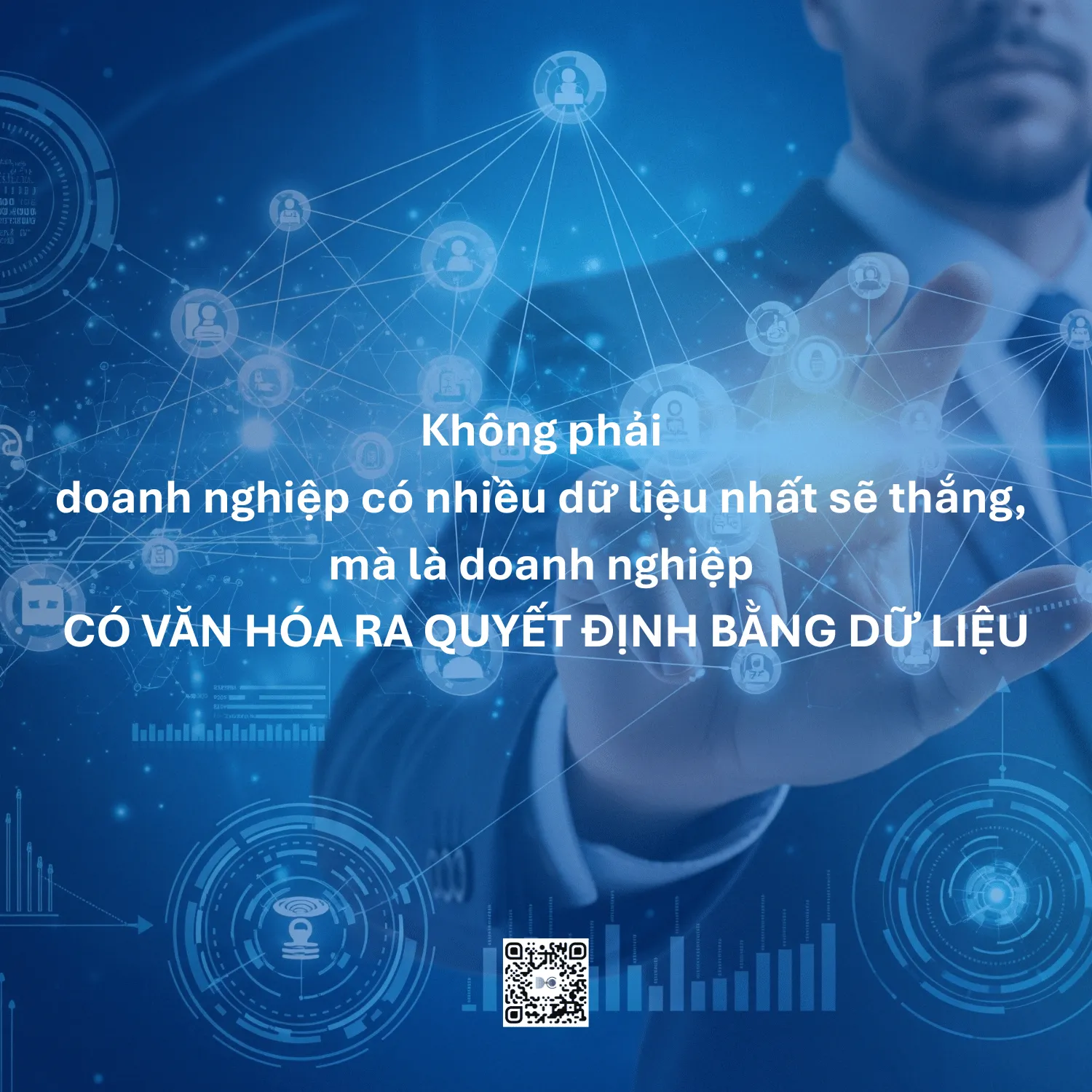
The strategy of the new era: not on paper – but in data, and in the habit of reading it every day
Modern businesses do not need a long strategy, they need a system that helps them see how the world is changing and react promptly.
When data becomes the breath of the organization, every decision – no matter how small – becomes strategic.
A plan can expire after a quarter. Data does not. It lives, it speaks, and if the business knows how to listen, it will lead the way.
The real strategy of the digital age is no longer in documents, but in the ability to read and understand the numbers that change every second.
